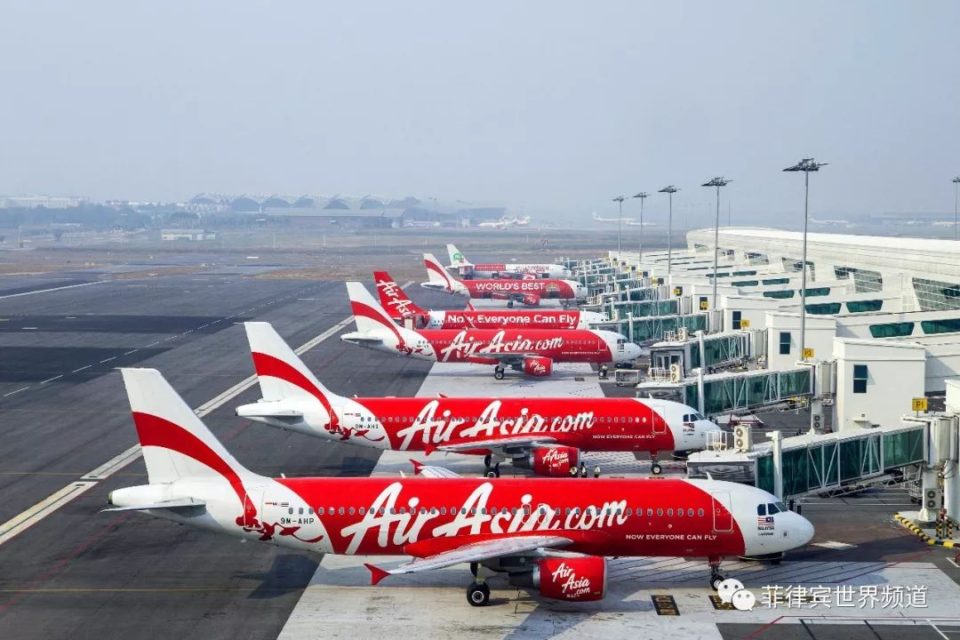Qantas Airways Ltd announced its upcoming operation in a seven-hour scenic flight in Australia the next month, contributing to an increasing trend in Asia of “flights to nowhere” taking off and landing at the same airport.
Association of Asia Pacific Airlines revealed that following the coronavirus outbreak, international travel witnessed a 97.5% plunge within the region.
Regular flyers crave their routine of getting on planes and airlines including Taiwan’s EVA Airways Corp and Japan’s ANA Holdings Inc, desperate for revenue and to keep their pilots’ licences current, have offered select sightseeing flights.
EVA used one of its iconic Hello Kitty livery planes for a special father’s day flight last month. In contrast, ANA used an Airbus SE A380 that usually flies to Honolulu for a 90-minute flight with a Hawaiian experience on board. There was a quick sellout in four minutes for Tigerair Taiwan flight tickets at $228 from Taipei covering South Korea’s Jeju Island.
Once COVID-19 bans are lifted, the price validates a one-year voucher for round-trip tickets from Taiwan to Korea.
A spokesman mentioned that Singapore Airlines Ltd is also looking at scenic flights, with no decision yet made.
The Boeing Co 787 is generally meant for long-haul international flights for the flight from Sydney, will be used by Qantas to fly at low levels over Uluru, the Great Barrier Reef and Sydney Harbour before landing back in Sydney. Prices will be at A$787 and A$3,787 ($575 and $2,765) based on the seating class.
It was unforeseen six months ago for Australians to have restrictions in boarding planes for international or even domestic travel because of border controls and quarantine requirements, Chief Executive Alan Joyce said. “While we may not be able to take you overseas right now, we can certainly provide inspiration for future trips to some of Australia’s most beautiful destinations,” he said in a statement.
The flight will be carbon offset and operate on a cost-neutral basis, Qantas said.
An Air New Zealand Ltd sightseeing flight over Antarctica in 1979 crashed into Mount Erebus, killing all 257 people on board.





